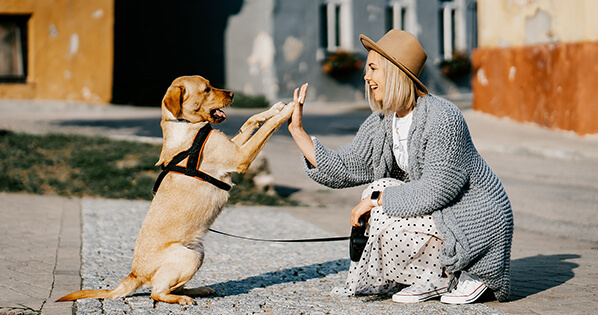
Part of being a good leader for your dog means using corrections to give immediate feedback on unwanted behavior. This requires using your voice, energy, and commands to help teach your dog consequence. It is important for your dog to understand its rules and boundaries so that it adheres to your expectations. The important part to understand its that YOU set the rules, boundaries, and expectations, not THEM. In order to help canines understand this, we use corrections to give real-time feedback.
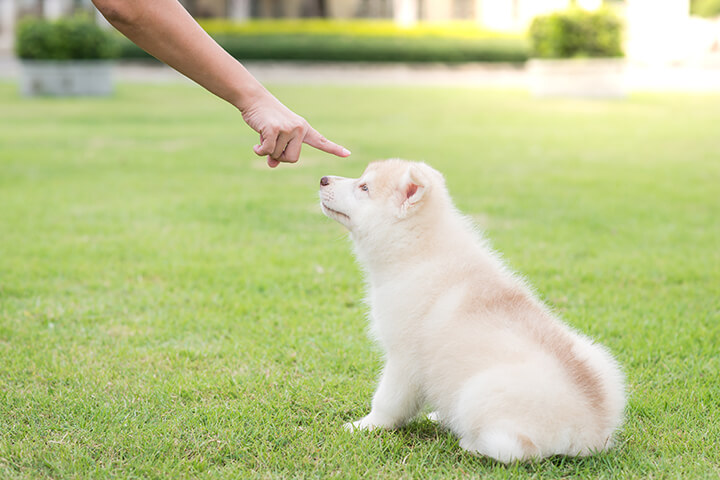
From a psychological perspective, a correction is a use of operant conditioning, and consists of two of its quadrants: negative punishment and positive punishment. In this context, negative and positive do not mean good or bad. Instead, they indicate whether something is taken away from the dog (negative) or if something is given/done to the dog (positive). In both cases the goal is to prevent that behavior from happening again (punishment).
Negative punishment is the act of removing an appetitive stimulus to decrease a behavior. This means taking away something that they want or enjoy, so that the behavior will change. An example of this would be taking a dog from the yard and putting it into timeout. This creates a displeasing feeling following the behavior, teaching the dog consequence for behaving in an unwanted way.
Positive punishment is the act of adding a noxious stimulus to decrease a behavior. This means adding or doing something displeasing in order to change the behavior. An example would be if you use your voice or energy to tell them “No, bad dog!”. This addition of energy + voice (stimulus) is meant to reduce the behavior from occurring again.

Now that you have a better understanding of what is happening from a psychological perspective, let’s talk about the logistics of a correction. The correction first starts by being able to identify an unwanted behavior you want to reduce. In order to reduce this behavior, we can utilize a correction to mark & punish it. By using this method, we are able to give the canine feedback on the unwanted behavior as they are conducting it.
This is especially key for dogs, because the further removed they are from the act, the less they associate the correction with it. For example, if you come home and your dog peed in the house hours ago, you SHOULD NOT correct it. They will not be able to associate that pee in the house with the punishment they are receiving now, and most likely just be confused.
For this reason, correction timing is so crucial to having an impactful correction. By timing our correction, using a strong energy / voice, and applying an appropriate amount of positive punishment, we can reduce the risk of the behavior happening again significantly. If you are able to string this together and successfully mark & punish your dog, you will increase your bond and responsiveness with them.
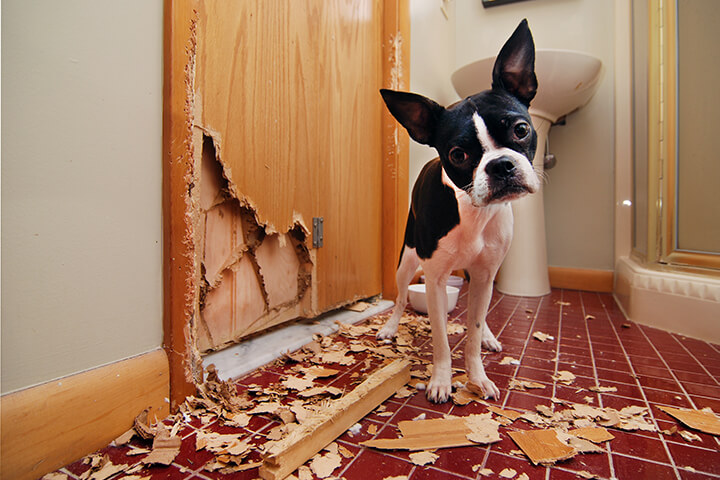
The most important aspects of the correction are the timing, the feedback, the punishment, the release, and the follow up:
Timing means catching the canine as they are rehearsing the behavior. This is the ideal time to apply your punishment, as they will have the strongest association with the act.
Feedback is one of the most crucial aspects of the whole entire correction. This means communicating clearly with your dog on what they are doing wrong. For example, if he is jumping on someone, the language would be “(dog name). OFF!”. This should be said with a very firm voice and energy. Your dog should be able to feel your unhappiness radiating from you! Once you use that feedback to communicate with your dog, asses their reaction. If they are totally ignoring you, it is time to move onto the punishment. If they are responsive to your feedback and reduce the behavior, you can skip to the release!
Punishment is the type & amount of negative stimulus you apply based on the scenario. This the subjective part of training that makes it difficult! The best objective measure I have found for punishments can be found on this helpful step by step chart.
By going through each step, you can ensure the punishment is fair and that emotion is not getting in the way of the correction. Sometimes it is hard not to get upset with your dog or take it personally, so the step by step guide helps to keep your mindset objective!
The release is when you stop applying the pressure with your energy, voice, and/ or commands. This is after they have stopped rehearsing the behavior and have obliged to your command. It is important to take away all the pressure once they take your feedback / punishment. Reducing this stimulus allows them to understand that they are now doing the right thing, which provides insanely valuable feedback. If you do this correctly, your dog will be able to associate the act with your feedback more efficiently, which will lead to less punishment.
The follow up ensures that your dog has understood the full act of the mark & punish. By standing by and observing your dog for another 2 minutes, it allows you to be able to see how the correction impacted them. If they seem responsive and are no longer trying to do the behavior you corrected, then you know it was successful. However, if they go right back to rehearsing the unwanted behavior, it is time to mark and punish again! Keeping an eye on them during the follow up ensures that the next time they do the behavior, you will be able to correct even more efficiently.
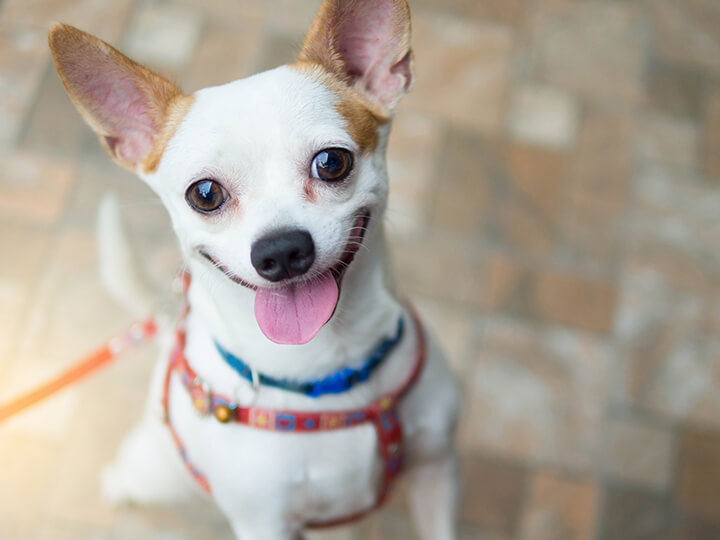
By understanding how to correct your dog, you shape yourself as a more influential leader. If your dog is able to associate you as their leader and be comfortable in the follower role, you will forge a harmonious and fruitful relationship. But if your dog is constantly testing you and you are not appropriately correcting it, you are doing them a huge disservice. Dogs are not to meant to be the leader of men!
If you are having issues trying to correct your dog or gain their respect, feel free to fill out a free behavior assessment so we can help!

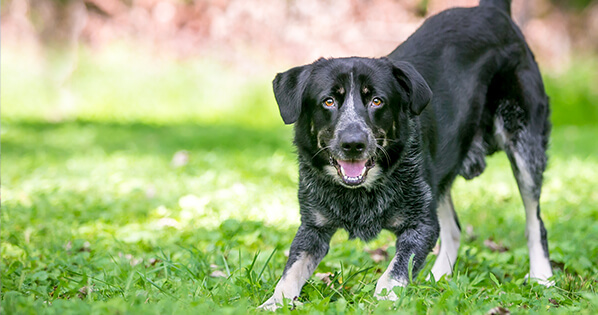
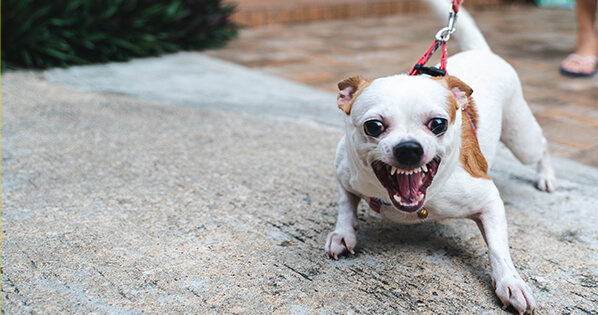

Thank you so much, Don! We had a couple of handling lessons about 4 years ago. These are great reminders. Thank you for training us!